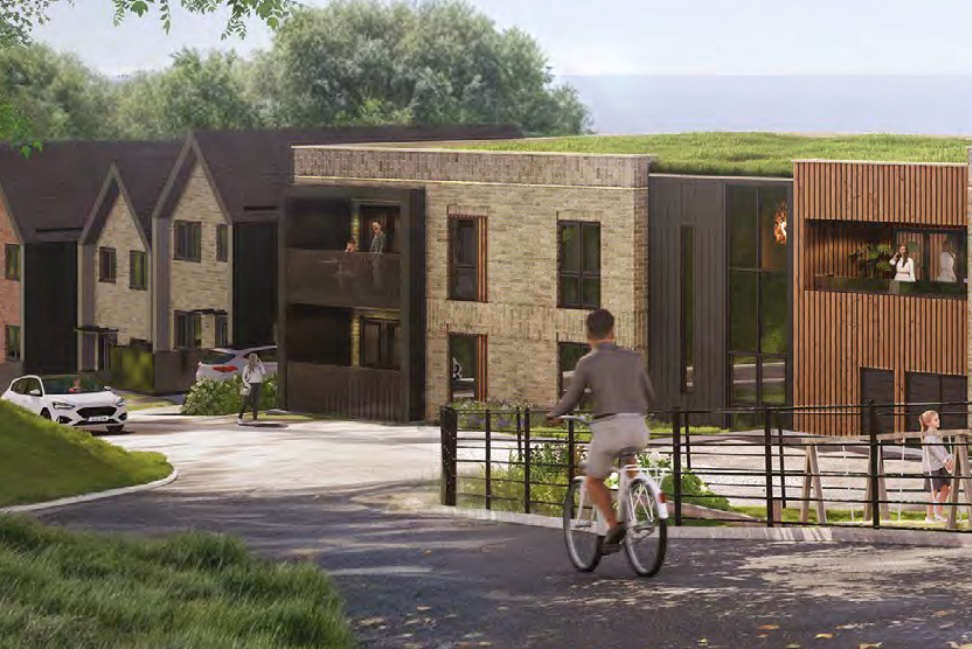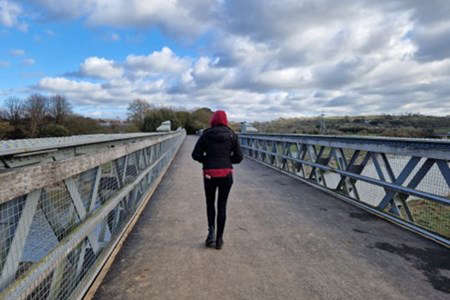
More than 100 new homes could be built on the site of a former holiday park on the outskirts of Torquay.
Plans have been submitted to Torbay Council for the demolition of lodges and the construction of 110 dwellings at Sladnor Park, Maidencombe, alongside the main road from Torquay to Teignmouth.
Sladnor Manor House was first established in 1800, with a folly being built there later. From the 1970s until 1988 Sladnor Park was a busy holiday complex with a tennis court, bar, restaurant, ballroom and swimming pool. The main house was demolished after a fire in 1994.
It has been the subject of a number of planning applications since then, with proposals including a golf course and fishing lakes.
Outline planning permission was previously given for a retirement village, although more recently – in 2021 – a proposal for a retirement community was refused because of its landscape impact, inadequate drainage and lack of affordable housing.
Most of the buildings on the site have been demolished over the years.
The application from the Pegasus Group says: “Sladnor Park is an opportunity to create one of the best places to live in the district. A landscape-dominated new place to live, work and play, taking inspiration from the surroundings as well as recognising new approaches to urban design and master planning.”
It says Maidencombe has historical significance for its ‘sense of remoteness’.
The application goes on: “Sladnor Park will be a highly desirable place to live for the 21st century and beyond. The proposals respect the local character but also move the community towards a more sustainable future, through a significant increase in housing choice.
“The aim is to achieve a development with a strong identity and distinct sense of place, whilst at the same time integrating with the existing community.”
The Maidencombe Residents Association says nature has taken back the site in recent years and it has become home to bats, badgers, foxes and birds including kestrels.
The association’s website says: “Sladnor is located in a unique and highly environmentally sensitive area, it is rich in historic character and the home of numerous rare and protected wildlife species.”

 Police and drugs dog visit Torquay pubs for pre-Christmas checks
Police and drugs dog visit Torquay pubs for pre-Christmas checks
 Torbay Hospital opens first phase of £14.2m Emergency Department upgrade
Torbay Hospital opens first phase of £14.2m Emergency Department upgrade
 Man given landmark Modern Slavery Act order to protect children from harm
Man given landmark Modern Slavery Act order to protect children from harm
 Police test motorists during Torquay Operation Limit drink drive checks
Police test motorists during Torquay Operation Limit drink drive checks












